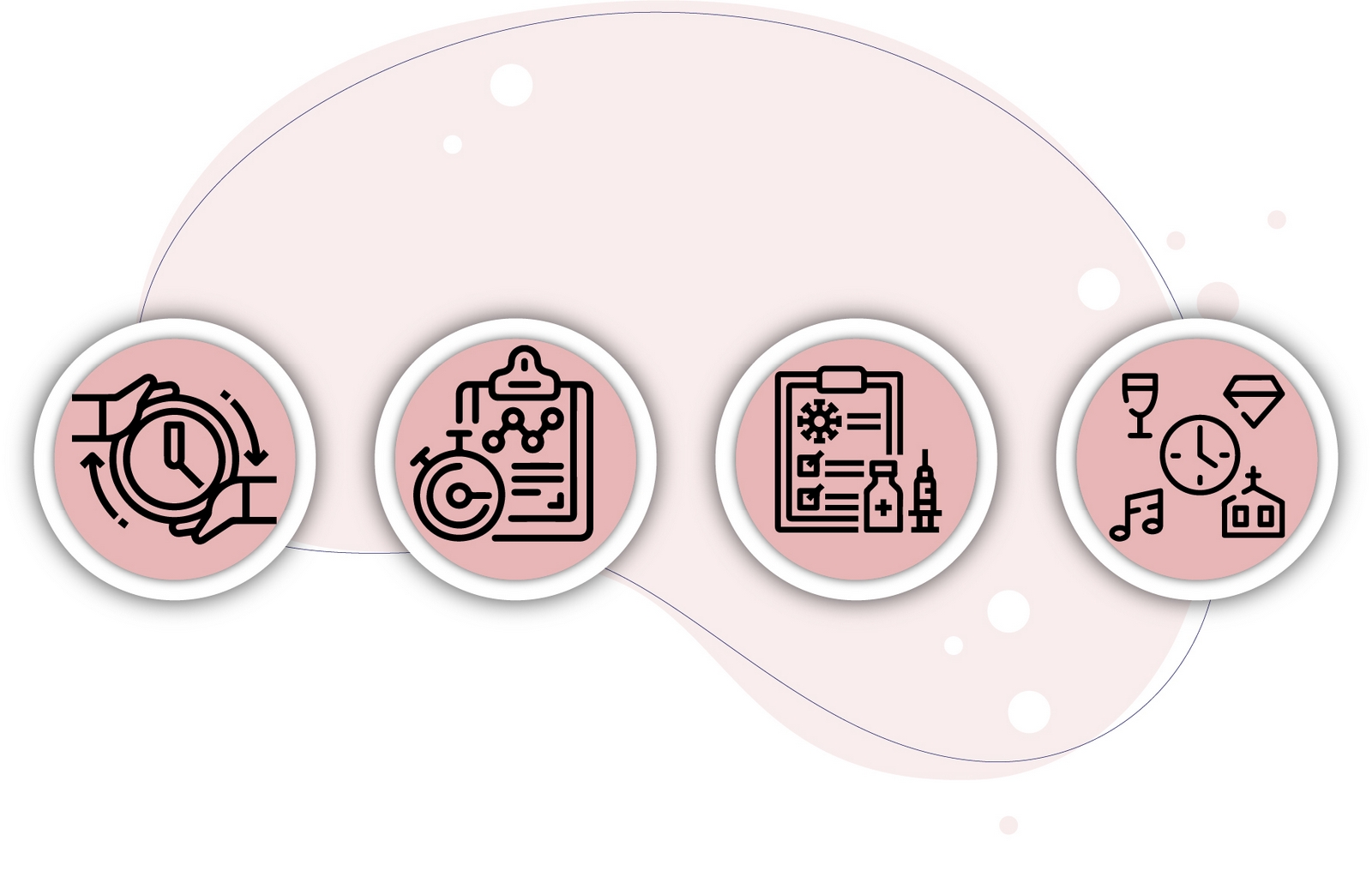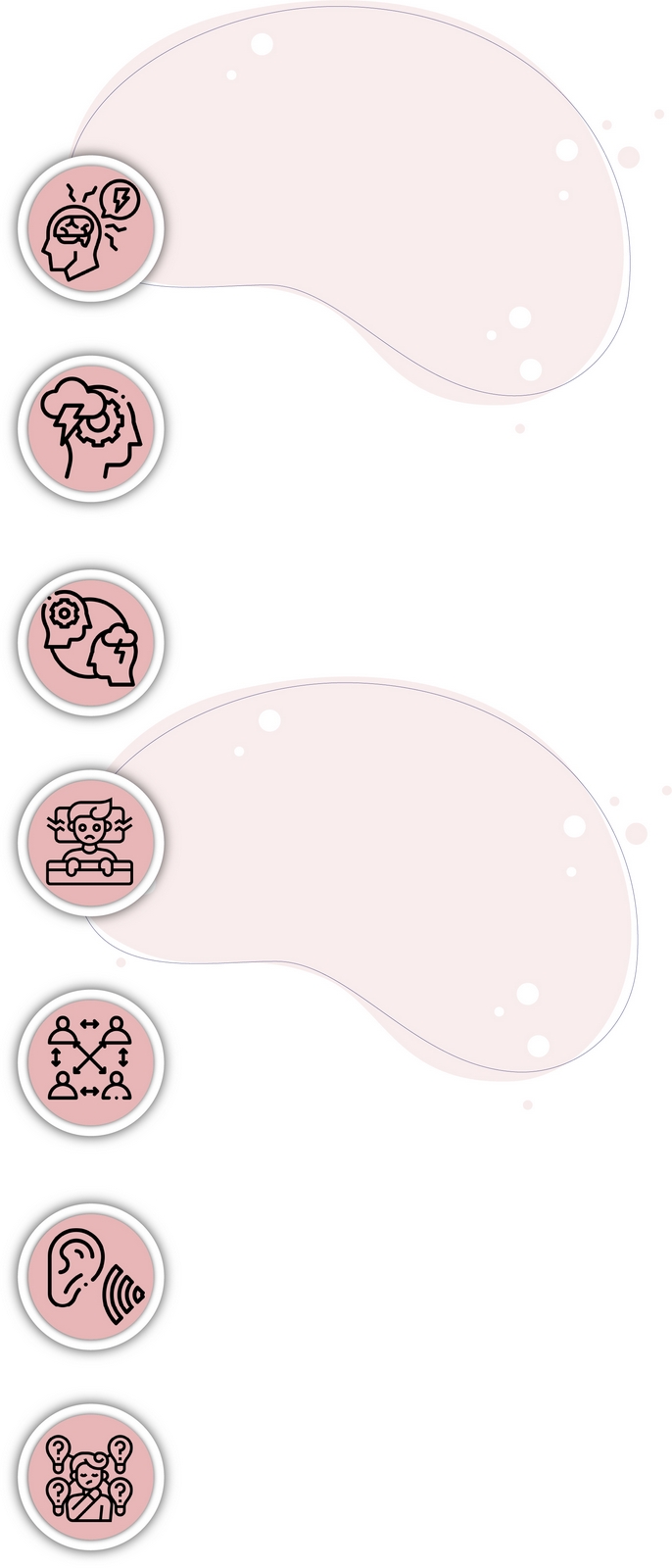
OUR
NEED
AS OUR
ROUTINE’s
NORMALIZES
WE NEED TO
COMPREHEND
WHAT OUR CHILDREN
HAVE EXPERIENCED
DURING THIS PANDEMIC
- NEED FOR MEALTH -

Some of the challenges children and young adults
face during the COVID-19 pandemic & on daily basis
which leads to PTSD & substance abuse relate to:
- WHY NOW? -

The data exploring the mental health of children and young people in July 2020, during the Coronavirus (COVID-19) pandemic and changes since 2017. Experiences of family life, education and services, and worries and anxieties during the COVID-19 pandemic are also examined.
Rates of probable mental disorders have increased since 2017. In 2020, one in six (16.0%) children aged 5 to 16 years were identified as having a probable mental disorder,
increasing from one in nine (10.8%) in 2017. The increase was evident in both boys and girls.
The likelihood of a probable mental disorder increased with age with a noticeable difference in gender for the older age group (17 to 22 years); 27.2% of young women and 13.3% of young men were identified as having a probable mental disorder.
Among 11 to 16 year old girls, 63.8% with a probable mental disorder had seen or heard an argument among adults in the household, compared with 46.8% of those unlikely to have a mental disorder
Among those aged 5 to 22 years, 58.9% with a probable mental disorder reported having sleep problems. Young people aged 17 to 22 years with a probable mental disorder were more likely to report sleep problems (69.6%), than those aged 11 to 16 (50.5%) and 5 to 10 (52.5%).
Among those aged 5 to 22 years, 58.9% with a probable mental disorder reported having sleep problems. Young people aged 17 to 22 years with a probable mental disorder were more likely to report sleep problems (69.6%), than those aged 11 to 16 (50.5%) and 5 to 10 (52.5%).
Children aged 5 to 16 years with a probable mental disorder were more than twice as likely to live in a household that had fallen behind with payments (16.3%), than children unlikely to have a mental disorder (6.4%).
Children and young people with a probable mental disorder were more likely to say that lockdown had made their life worse (54.1% of 11 to 16 year olds, and 59.0% of 17 to 22 year olds), than those unlikely to have a mental disorder (39.2% and 37.3% respectively).

- WHY MENTAL HEALTH? -
There are increasing calls to understand the impacts
of this pandemic, and of subsequent school closures,
on the mental health and wellbeing of children and
young people during the COVID-19 pandemic
Loneliness is considered as a key risk factor of lockdown for the mental health and wellbeing of children and young people. A rapid review of the links between.
Loneliness and mental health highlights the link to mental health problems in children and young adults.
Duration of quarantine and consequent lack of social and physical contact with friends/family and the outside world has been shown to be associated with increased PTSD symptoms.
- PANDEMIC & MENTAL HEALTH? -
An important
consideration about
the impact of pandemic
is the impact on both the
relational family contexts in
which children and young people are
isolating, and the impacts on the mental health and wellbeing of parents, as eventually they are to
support their children.




